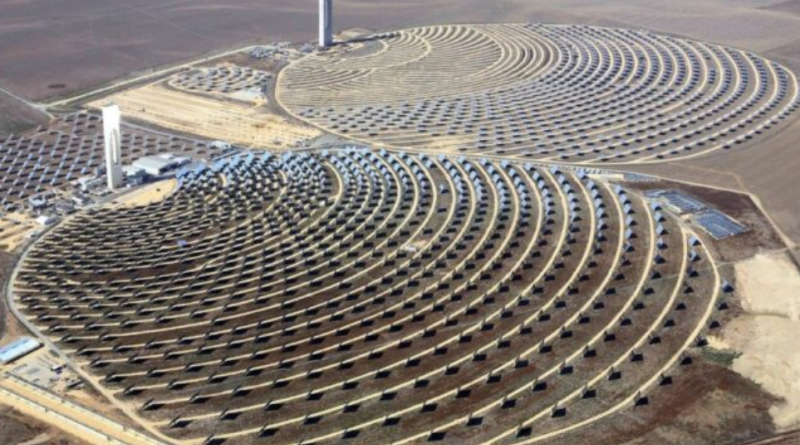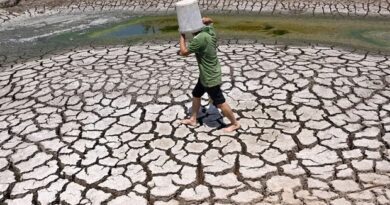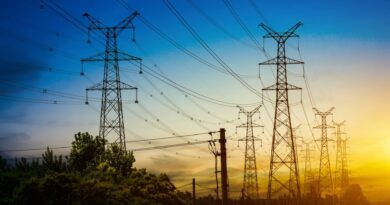5 million solar panels connected for the first time: No one expected what has happened
The world is racing against time to combat climate change. In response, nations are taking the steps to invest in, develop, and implement viable renewable energy sources. The Philippines is one of the countries contributing to the green revolution with its soon-to-be-launched solar panels park—one that promises to be the largest on the planet.
Terra Solar represents a big, bright spot in renewable energy implementation
Developed by Solar Philippines New Energy Corporation (SPNEC), the park—which is called Terra Solar—is located on the island of Luzon, just 62 miles from Manila. It is set to cover 3,500 hectares of forest land across the provinces of Nueva Ecija and Bulacan.
Here, it will house a staggering five million photovoltaic panels, where it is expected to generate an estimated 3,400 to 3,500 megawatts (MW). Furthermore, it will include a battery energy storage system capable of holding up to 4,000 MW.
To bring Terra Solar to life, SPNEC invested €3.3 billion ($3,59 billion) into the ambitious initiative. In return, the park is projected to generate a total of five billion kilowatt-hours annually. This will account for 5% of the Philippines’ overall power supply, enabling it to meet 12% of the Southeast Asian nation’s energy demands.
As a result, over 2.4 million households will benefit from a clean energy supply, which in turn will significantly reduce their collective carbon footprint.
What this solar panels park means for the Philippines’ energy landscape
As of writing, 73% of Terra Solar has been completed, with construction of the first phase expected to conclude in 2026, with the second phase set to be finished in 2027. Once it becomes connected to the Filipino grid, it will become the largest solar park in the world, dwarfing the likes of Bhadla in India and Golmud in China.
Carlos Puga, a renowned expert in the field of renewable energy, is optimistic about the park’s potential as a sustainable energy source for the Philippines.
“The size and power of this Philippine plant is truly fabulous and demonstrates once again that solar energy is reliable and profitable,” Puga said. “Being modular, it can be expanded to limits only managed by imagination, the will to change, and the necessary investment.
“Soon, traditional generators will be able to be replaced, and climate change will be mitigated,” he added. “An example of this is the Cauchari I and II power plants in Jujuy, a province [in Argentina] that is self-sufficient today thanks to solar power.”
The march towards a green future is not without its environmental challenges
While solar park facilities such as Terra Solar are poised to bring about great environmental benefits, there are still issues regarding land use and biodiversity to consider.
Given the park’s immense size and location, the conversion of the forested landscape will require labor, tons of materials, and infrastructure that may disrupt local ecosystems. As a result, it could lead to habitat loss, displacement of wildlife, and potentially irretrievable damage to plants.
To mitigate these risks during the park’s development, it will be up to SPNEC to engage with stakeholders, conservationist groups, government officials, and local communities to brainstorm strategies for ecological preservation as well as to implement measures aimed at restoring impacted areas.
As Terra Solar nears completion, it’s important to realize that, while the park promises to be a huge game-changer, its development should and must be handled with a sense of caution and responsibility. For the sake of sustainability, there needs to be a balance between clean energy production and environmental preservation. That way, the Philippines—and indeed the world—can work towards a green future unencumbered.
Source: riazor.org




